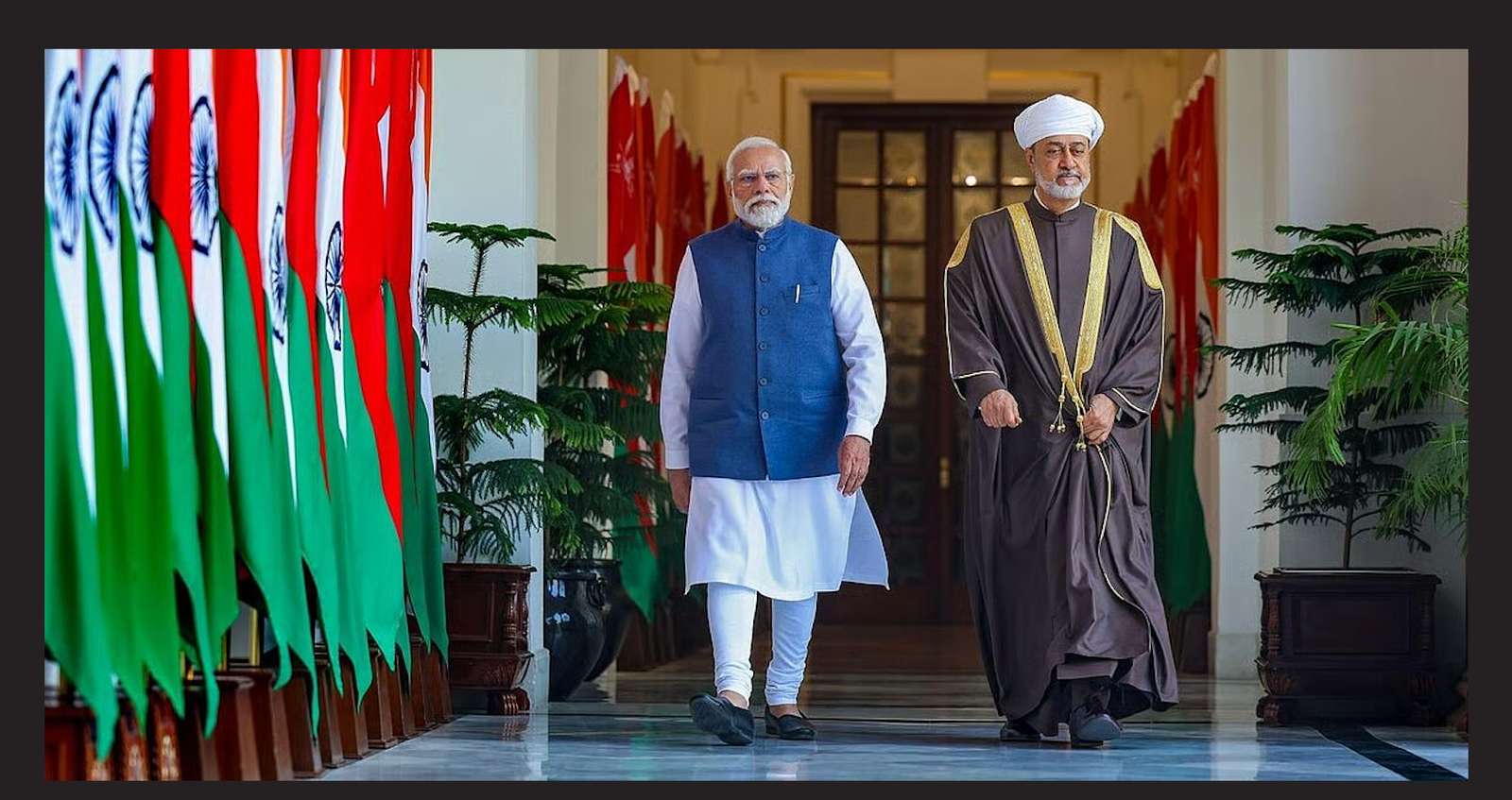The Dhokra craft also known as the lost wax process of casting, finds its root and origin in the Indus valley civilisation close to 4500 years ago, in Mohenjo-Daro. The name ‘Dhokra’ comes from the Dhokra Damar tribes traditional metal smiths of West Bengal.
A team at the Indian Institute of Technology-Hyderabad (IIT-H), recently conducted a design intervention workshop, to update the already existing skills of the Ojha Gond community of Telangana’s Adilabad district in the traditional Dhokra art form, a report in the Frontline says.
The project is part of an ongoing project “Tangible and Intangible Cultural Heritage of Telangana to train the younger generations of Ojha Gonds in one of the earliest known methods of non-ferrous metal casting.
Led by professor Deepak John Mathew of the institute’s department of Design, the project is supported by the IIT’s Science and Heritage Research Initiative Programme, Design Innovation Centre, and Institutional Innovation Centre.
A PhD. scholar from the institute Naquash V says “The documentation of the traditional process of the metallurgy followed by the Ojhas of Adilabad district is unique and differs from the Dhokra crafts process followed in West Bengal, Bastar, and Odisha. The ancestral practices of the Ojhas are an intangible cultural heritage itself. The workshop gives insights into the detailed process followed in creating the Dhokra artifacts,”
The workshop intends to sustain the traditional craft practices of the Ojhas and to provide them opportunities to generate livelihood from their ancestral occupation.
It also focuses on community building, peer learning, skill development, and training. A master craftsman was also chosen from Ojha community itself for the project.
Another aspect of the workshop is to create a digital repository of all the artifacts made at the workshop by using photogrammetry and 3D digital printing, for the benefit of researchers as well as for patrons from all over the world for a clearer insight into the cultural heritage of the Raj Gonds as well as associated communities and their traditional practices.
“We define IIT-H as inventing and innovating in technology for humanity. [We are aiming at] Preserving Dhokra using the design concept and encouraging future generations to sustain it. IIT-H also has a Rural Development Centre to uplift rural livelihood with the aid of technology,” said institute director B.S. Murty.
Meanwhile another independent research paper published by Research Scholar Surbhi Gupta states that ‘Dhokra’ (also spelt Dokra) is a non–ferrous metal casting process that uses the lost-wax casting technique.
This sort of metal casting has been used in India for over 4,000 years and is still in use.
Her paper says “One of the earliest known lost wax artefacts is the dancing girl of Mohenjo-daro. Dhokra artisans artworks are in great demand in domestic and foreign markets because of its primitive simplicity, enchanting folk motifs and forceful form”.
Dhokra horses, elephants, peacocks, owls, religious images, measuring bowls, and lamp caskets etc., are highly appreciated and in great demand worldwide
The lost wax technique for casting of copper based alloys has also been found in China, Egypt, Malaysia, Nigeria, Central America, and other places.
There are two main processes of lost wax casting: solid casting and hollow casting. While the former is predominant in the south of India the latter is more common in Central and Eastern India. Solid casting does not use a clay core but instead a solid piece of wax to create the mould; hollow casting is the more traditional method and uses the clay core.
Dhokra Damar tribes are the main traditional metalsmiths of West Bengal and Odisha. Their technique of lost wax casting is named after their tribe, hence Dhokra metal casting. The tribe extends from Jharkhand to West Bengal and Odisha; members are distant cousins of the Chhattisgarh Dhokras.
A few hundred years ago, the Dhokras of Central and Eastern India travelled south as far as Kerala and north as far as Rajasthan and hence are now found all over India. Dhokra, or Dokra, craft from Dwariapur, West Bengal, is popular.
Surbhi Guptas’s paper is an attempt to demonstrate how Dhokra art and craft of Bastar and Ekatal, Chhattisgarh is a design exemplar, unfortunately this beautiful art form is facing a decline. Because of increase in price of raw materials, the artisans have been showing less interest in producing such master works.
Dhokra art of Bastar and Ekatal region is presented as a design exemplar. The factors that make the product and process a design exemplary are- unique aesthetic, Individual creative design, sustainability in its process and materials, and cultural roots in design.
The fine finish and uniformity that the Dhokra retains, gives it a special kind of magic, leaving the viewer enchanted with its timeless elegance. Yet despite their hard hard work very few artists get the respect and recognition.
The Dhokra craft also known as the lost wax process of casting, finds its root and origin in the Indus valley civilisation close to 4500 years ago, in Mohenjo-Daro. The name ‘Dhokra’ comes from the Dhokra Damar tribes traditional metal smiths of West Bengal.
Dhokra work is purely hand-crafted, using simple tools. This skill is handed down traditionally from generations to generations. And no two pieces are alike, painstakingly crafted to be one of a kind.
************************************************************************
Readers










